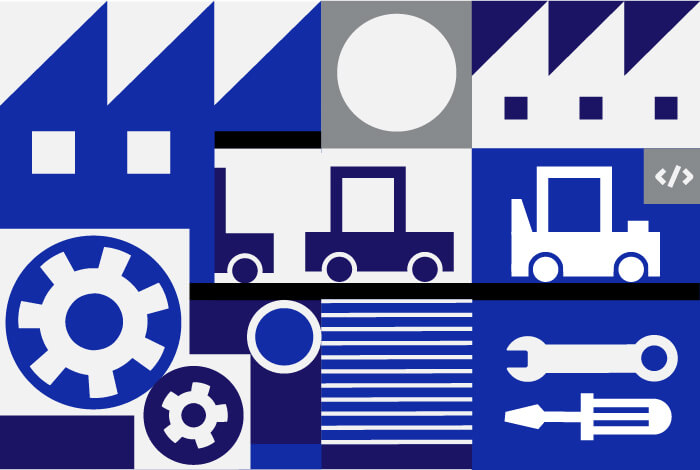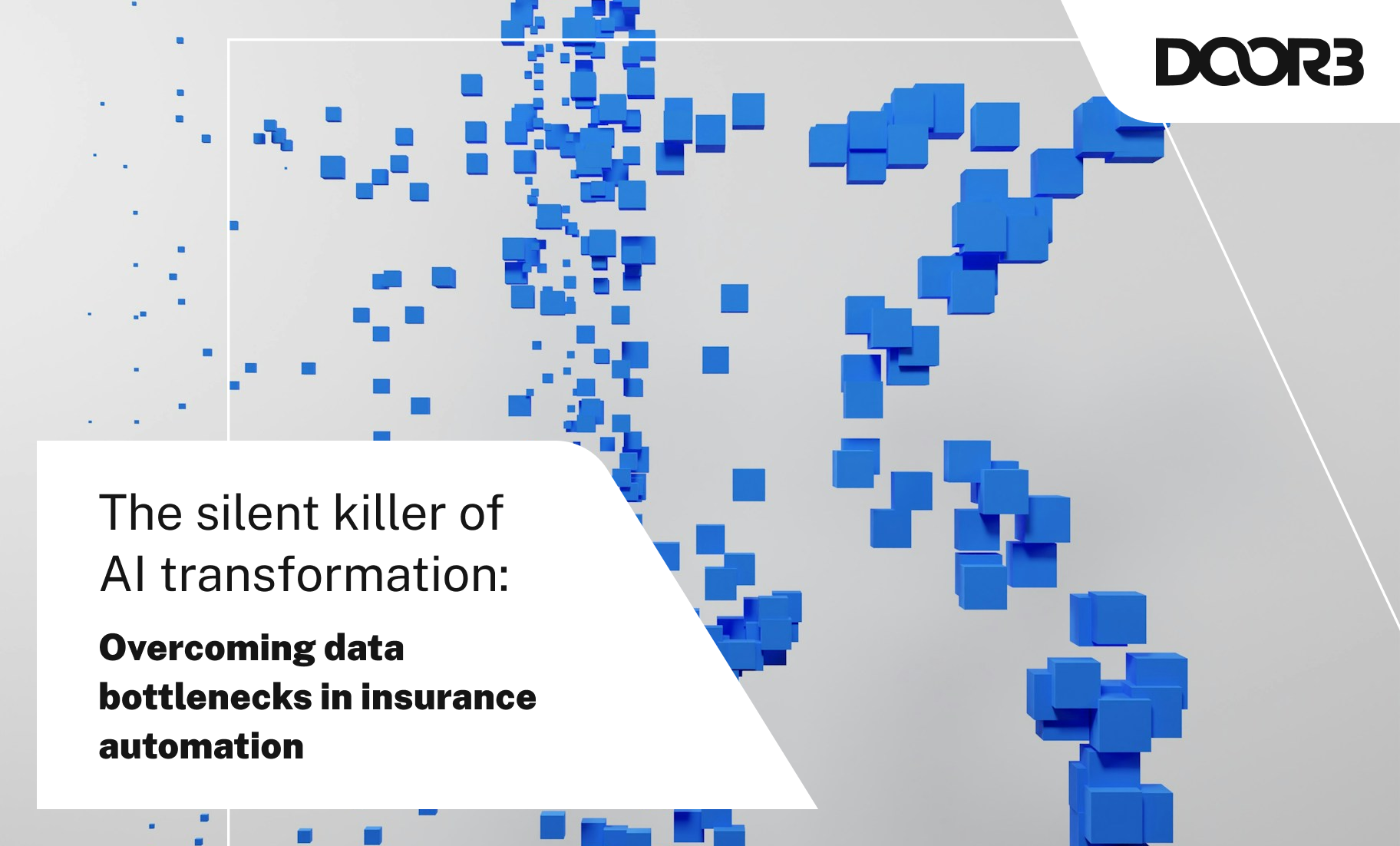Software Development Trends: Should You Buy or Build Software?
11.21.2022The information technology (IT) revolution is most apparent in the overall increase in human productivity, productivity that is measurably greater at organizations that have embraced digital solutions. This clear relation between productivity and digital solutions is potentially the answer as to why most industries have become inundated with latest software development trends promising streamlined processes, simplified communications, and shrunken timelines to finished products.
In today’s software development trends, another type of program is exploding onto the market, the low-code/no-code solution. These programs eliminate the learning curve of computer language, and provide opportunities for teams to introduce pre-existing elements into an area of need. While these low-code/no-code solutions may feel like the cutting edge answer to the problems modern companies face, in reality they are only an extension of a multi-decade long debate.

Should You Buy or Build Your Next Software Solution?
Forbes recently published “Should Businesses Create Their Own Custom Software?” a comparison between existing versus custom solutions. This question is the point of departure for many of our engagements: Does the best fit solution already exist (requiring only implementation) or will it need to be made, and with an impending 2023 economic downturn, is a custom solution financially feasible?
DOOR3 has worked in the software industry for two decades, frequently witnessing the industry shifts between these two routes for software solutions. As veterans in this field, we wanted to build upon the points brought up by Forbes Council Member, Steve Gickling, and weigh in with our own expertise.
In some cases, it may be more cost-effective for businesses to modernize or migrate existing legacy systems rather than starting from scratch with new software development. DOOR3’s legacy application modernization services can help businesses assess their current systems and determine the best path forward.
Software Development Trends: Not As “Out Of The Box” As It Seems
Many of the points comparing the pros and cons of custom versus pre-existing software in this article ring true. Custom software can provide solutions that fit your company to perfection, but at a higher initial cost. “Out of the Box” software provides a solution at a lower initial price, but at the expense of fit, often minimizing the cost benefit.
First, consider what your current technology stack consists of. We tend to think of software solutions as out of reach for small companies, when the reality is most businesses are using solutions like these whether they realize it or not. Any small business keeping track of finances on an Excel sheet has implemented a software solution. Just because we tend to overlook simple solutions like these does not mean that your business has not embraced software solutions that streamline day-to-day processes.
When considering an out of the box solution, the importance of migration capabilities cannot be understated. For example: A restaurant is looking for a financial software platform that can assist them with analyzing their current spending patterns to help save money. If all their financial information is saved onto a platform like Excel, then their next solution will need to be able to transfer that data seamlessly. Otherwise they will have to either spend many hours inputting the data manually or pay someone to do it for them, reducing their cost savings.
This might seem like an easily navigable issue, but the difficulty scales with the size of the company. For enterprise level organizations, migrations like this can require lengthy timelines and the hiring of migration experts to help a company navigate the complicated integration process. This may not be the most cost effective solution, as software development trends may fuel the need for more teams that can build out custom solutions for a similar cost to what you’d spend on a team of migration/implementation specialists.

Access to Answers
Many “out of the box’’ software providers have resources for their clients to reach out to in the situation that the product is not functioning in the manner promised by the provider. These teams however, can be notoriously difficult to get in contact with and may be third party hires who cannot provide any solutions outside of troubleshooting. Sometimes this leaves the business with one of two options: work around the poorly performing element, or hire a third party to try and fix the problem.
When a team invests in a custom software solution, a direct channel of communication is opened between the development team and the client. Issues or glitches can be addressed at a much faster and efficient rate. There is a cost associated with these fixes, and this is where we return to the individual clients’ needs. What are the costs associated with these performance issues? For some businesses the cost might be low, perhaps a slight drop in productivity. For others, it could result in the loss of a client.
This is why a business considering software solutions must consider the risk management of potential lost revenue. If the risk is low, then existing solutions might be more appropriate. If the risk is high, then effectively capturing that potential revenue through a bespoke solution is worth the investment.

Accurate Estimations
If you decide that a custom solution is the best fit for your business, then the next step is exploring different developers who can get the job done. Depending on the software development trends at the time, the price point you pay will depend on your solution’s needs and the expertise of the development team’s you engage with.
Speak with multiple developers to get an idea of the price range of your solution, but more importantly, beware of developers that provide quick estimations with little research involved. Long past are the days of software development trends offering quick promises and haphazard timeline assurance, development projects are far too complicated now.
At DOOR3, one of the most important parts of our development process is the initial technical discovery phase, where we explore in-depth what resources will be needed to build the best solution. Companies that don’t engage in any sort of research phase are likely to be more interested in obtaining a deposit than providing the best solution. Without initial in-depth research, estimations and timelines are likely to be incorrect, resulting in higher costs than anticipated.
The Choice is Yours

The decision of whether to use out of the box or custom built software is entirely based on the needs of your business and the software development trends at the time. The pros and cons between these options are clearly defined, but it’s important to remember that when paying for custom software, you are paying for development and service. Out of the box solutions are finished products that you are obtaining access capabilities to, and service is not a prioritized element. For some business owners, the priority of service is clear, for others more careful consideration must be done.
Interested in learning more about the DOOR3’s services and how we navigate current software development trends? Set up a brief call with one of our consultants.



